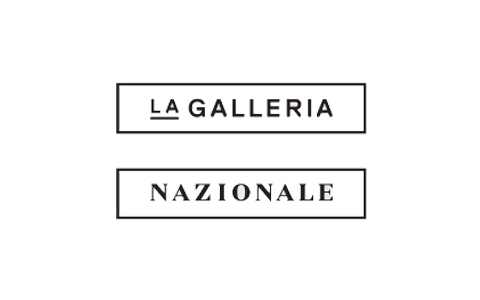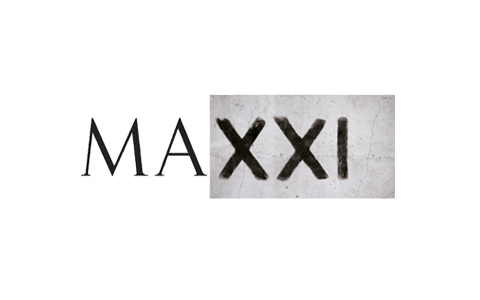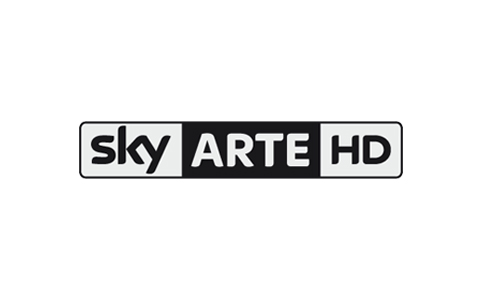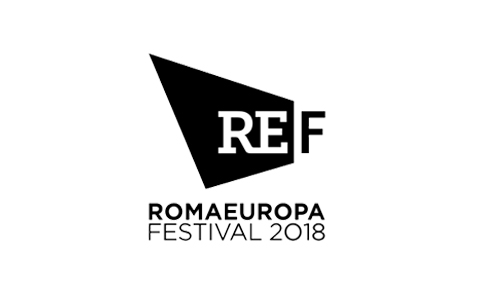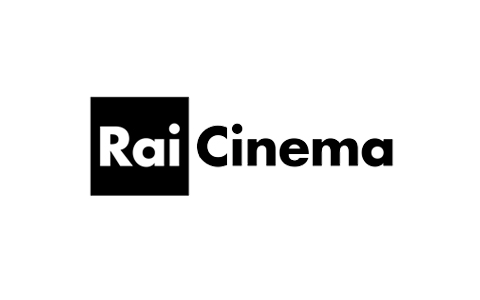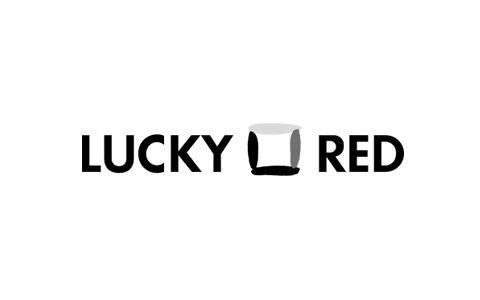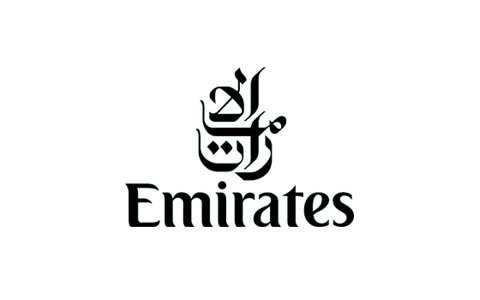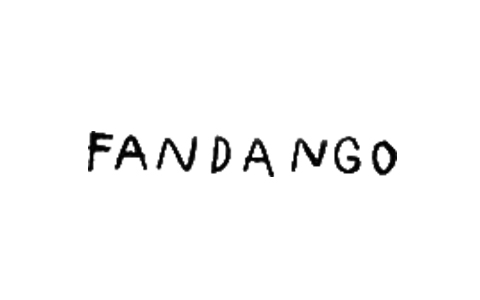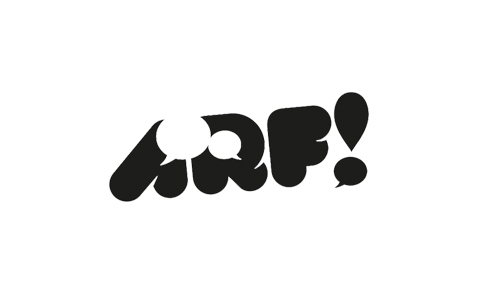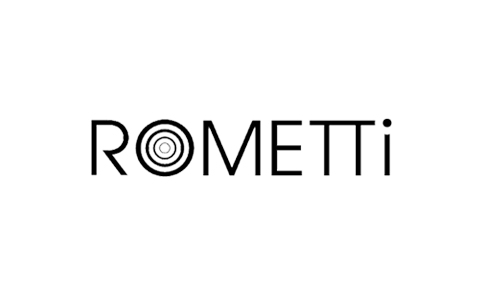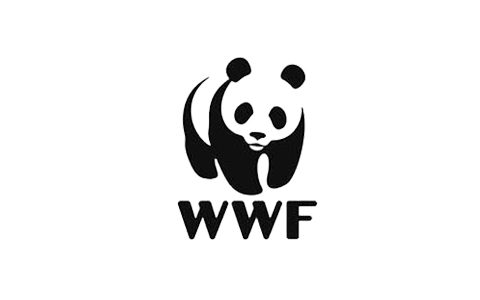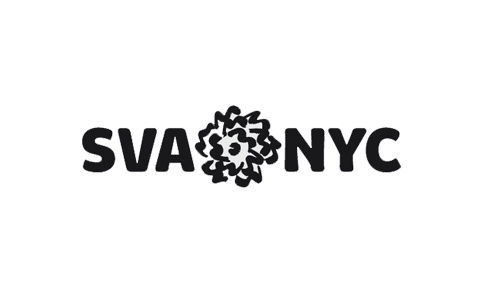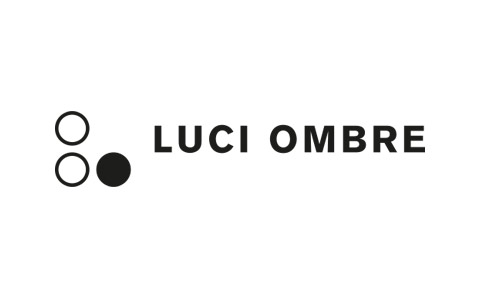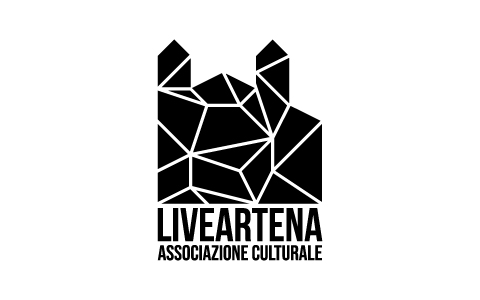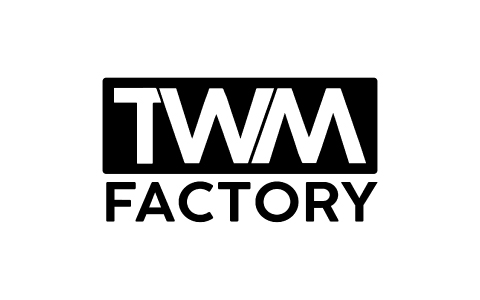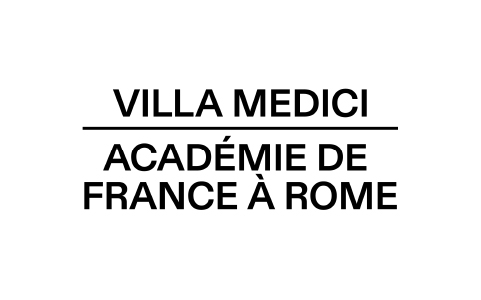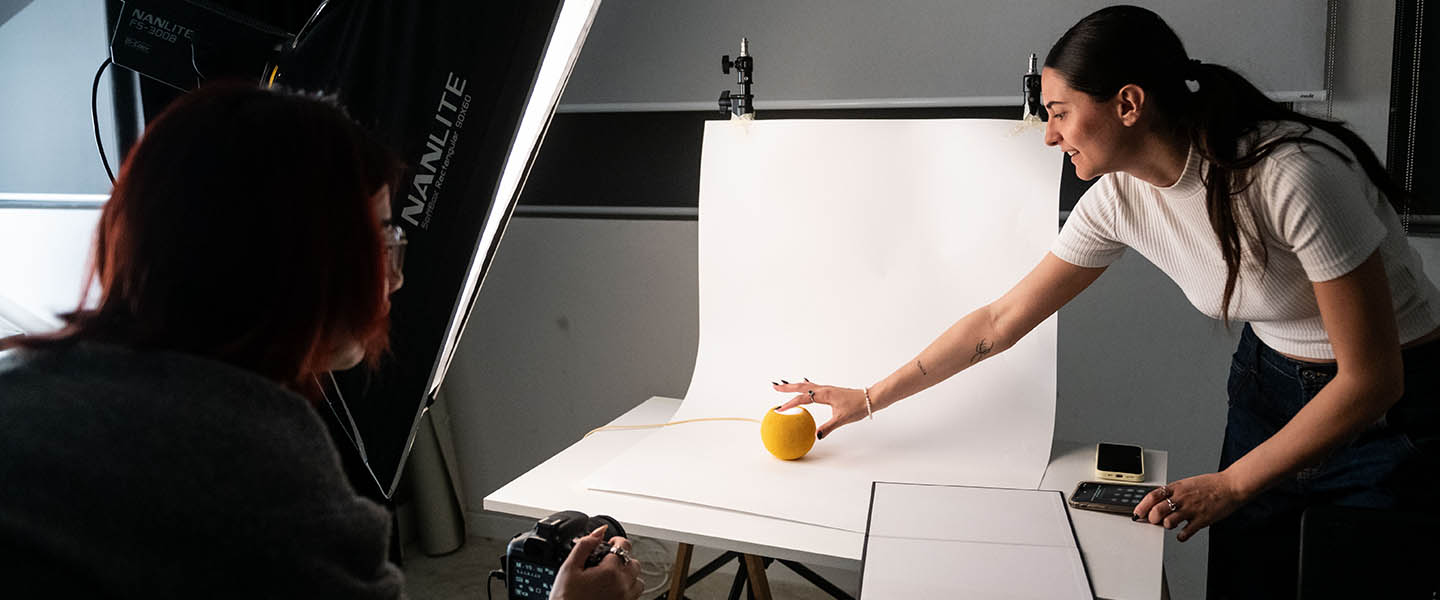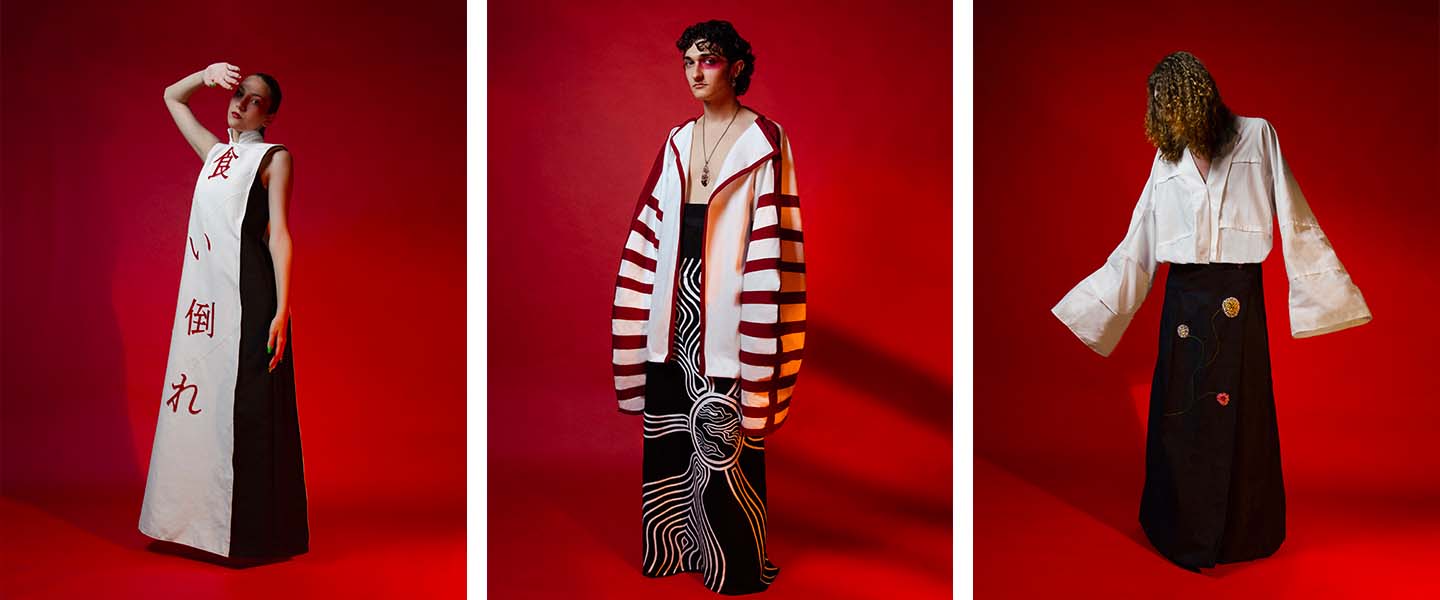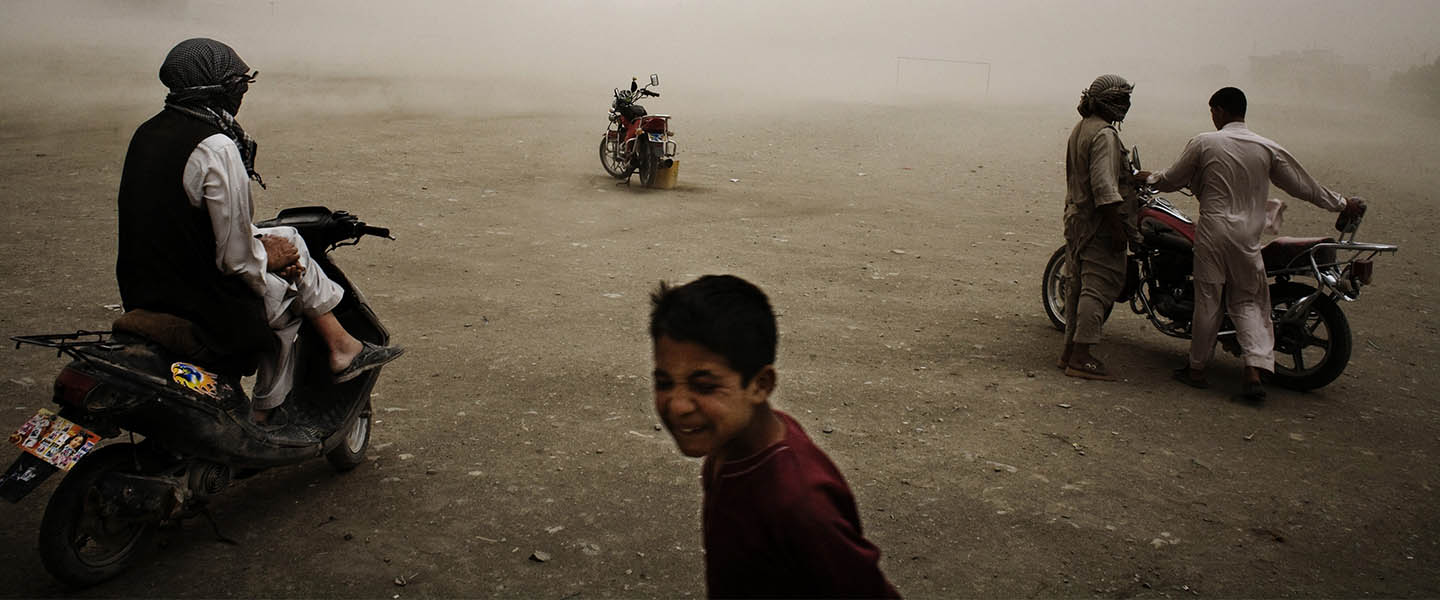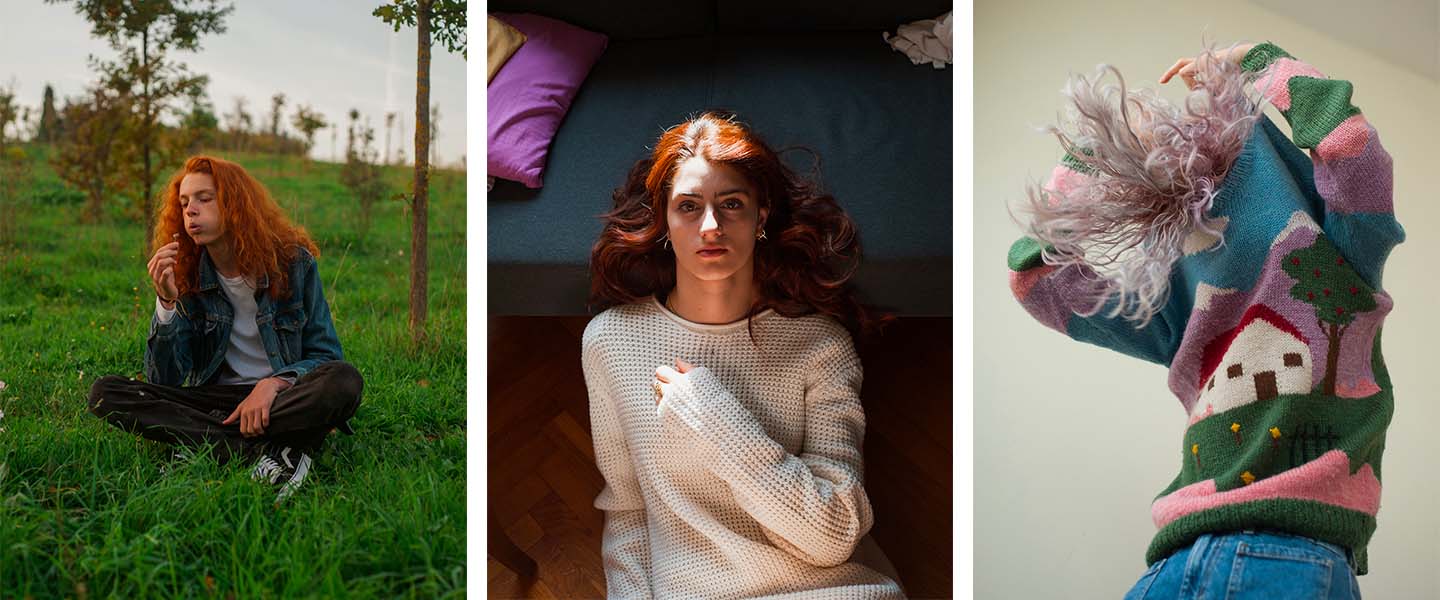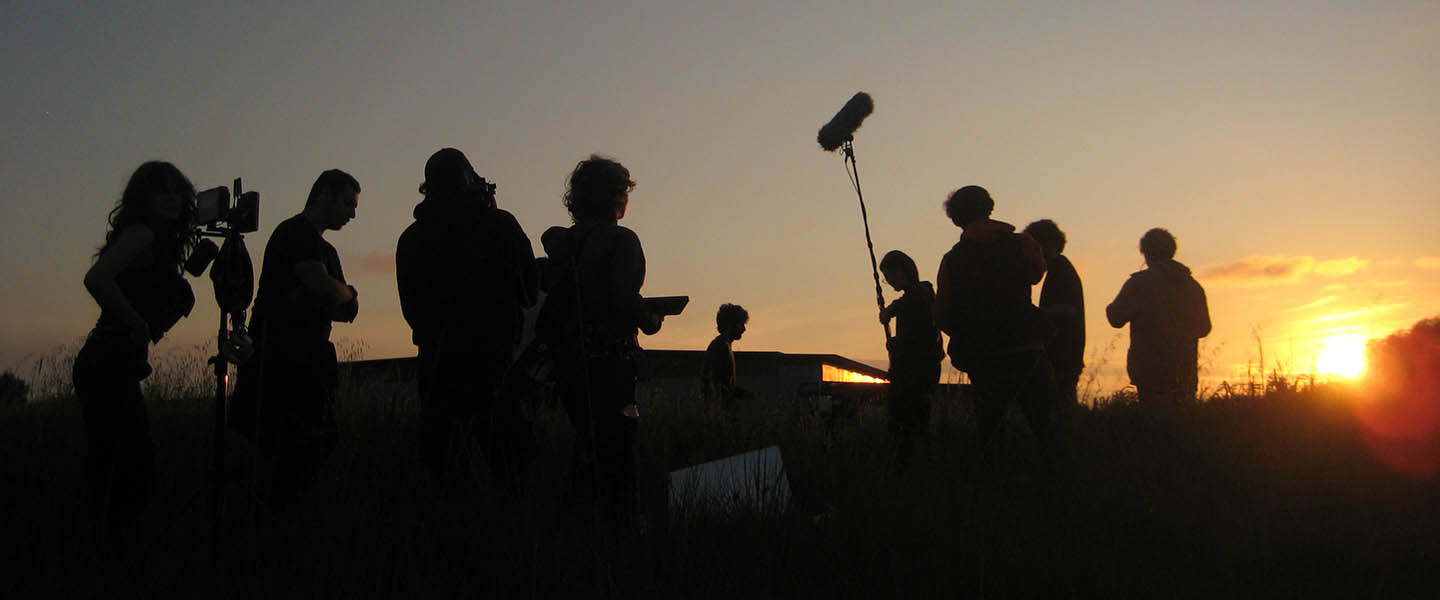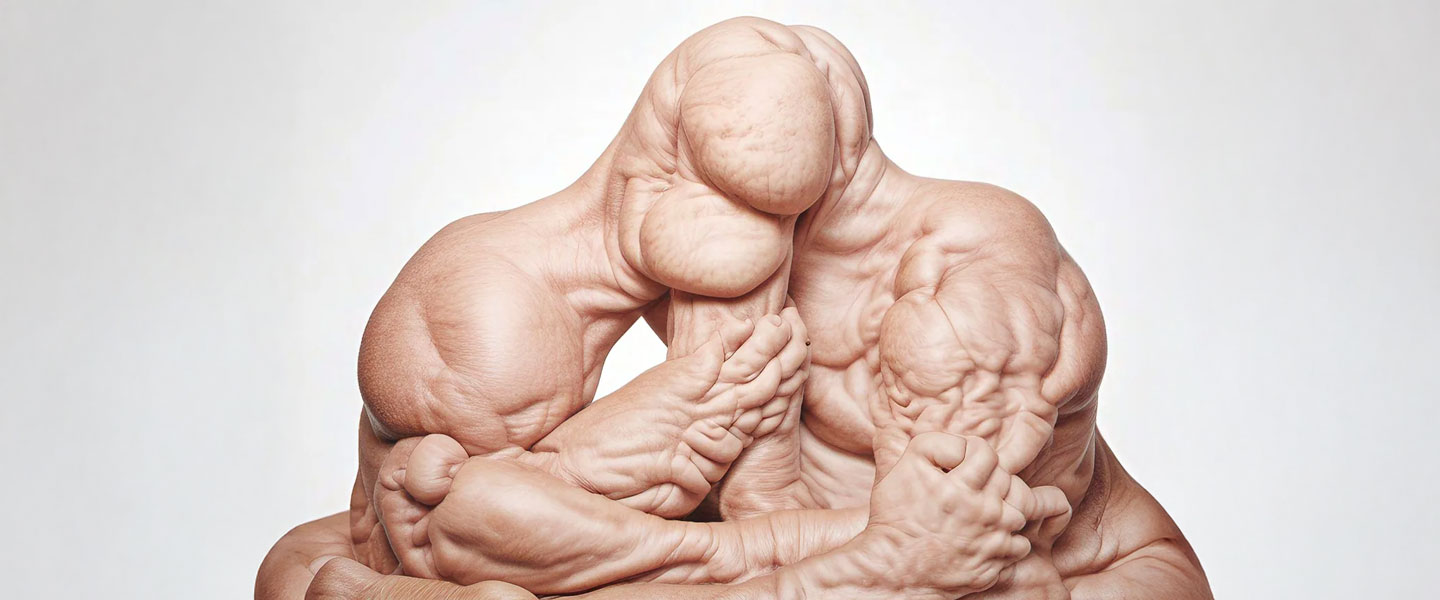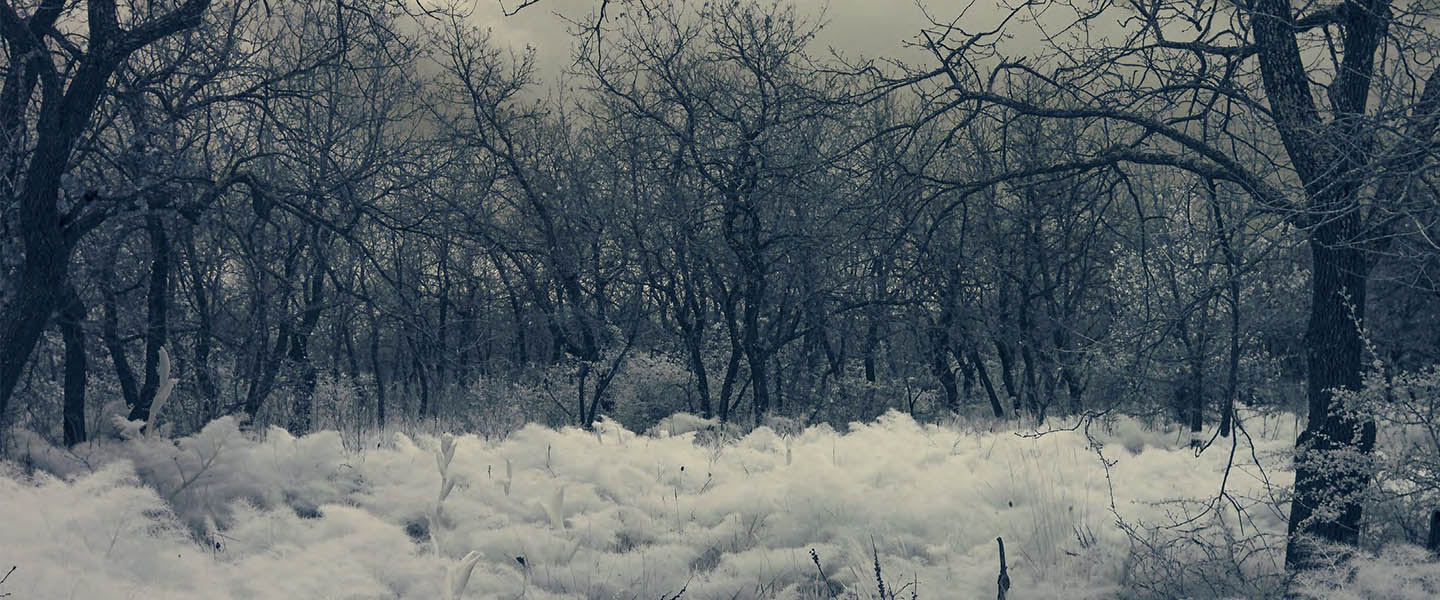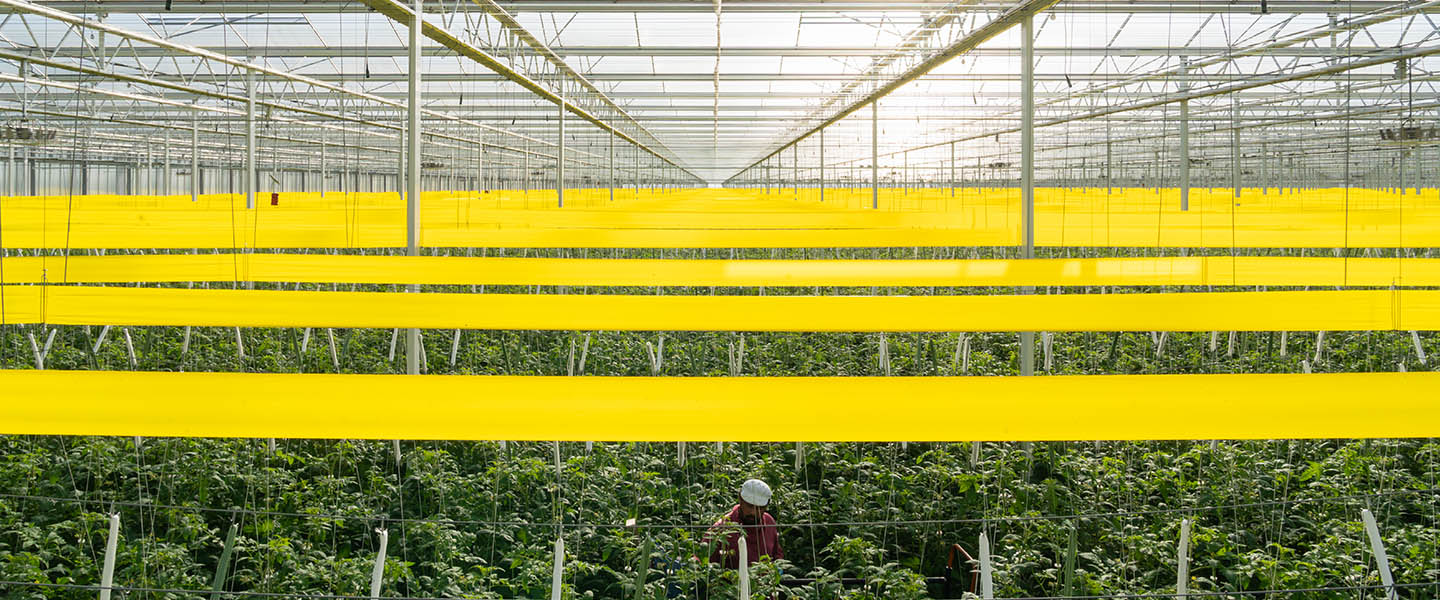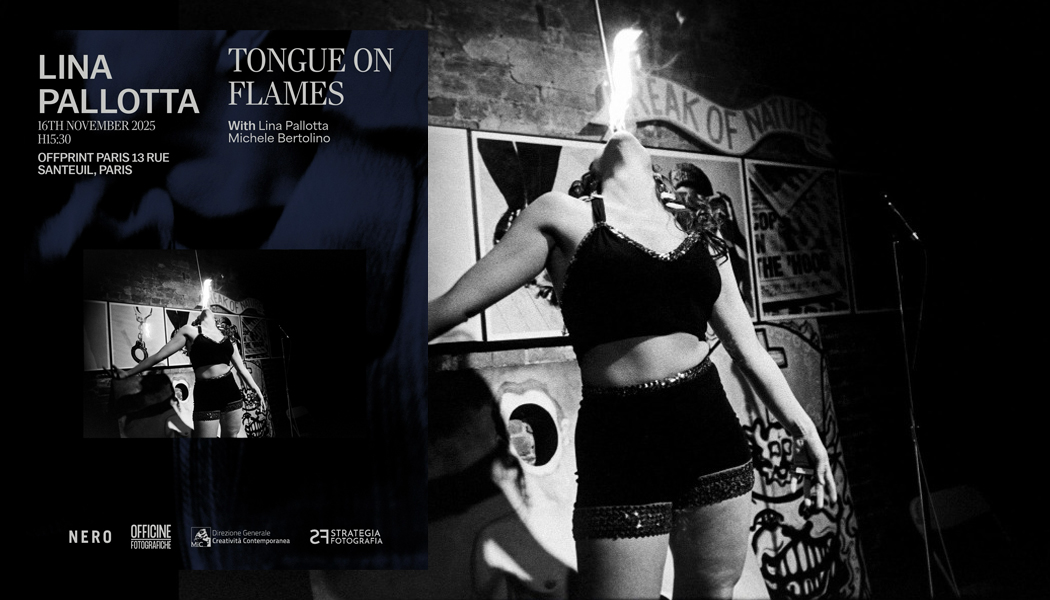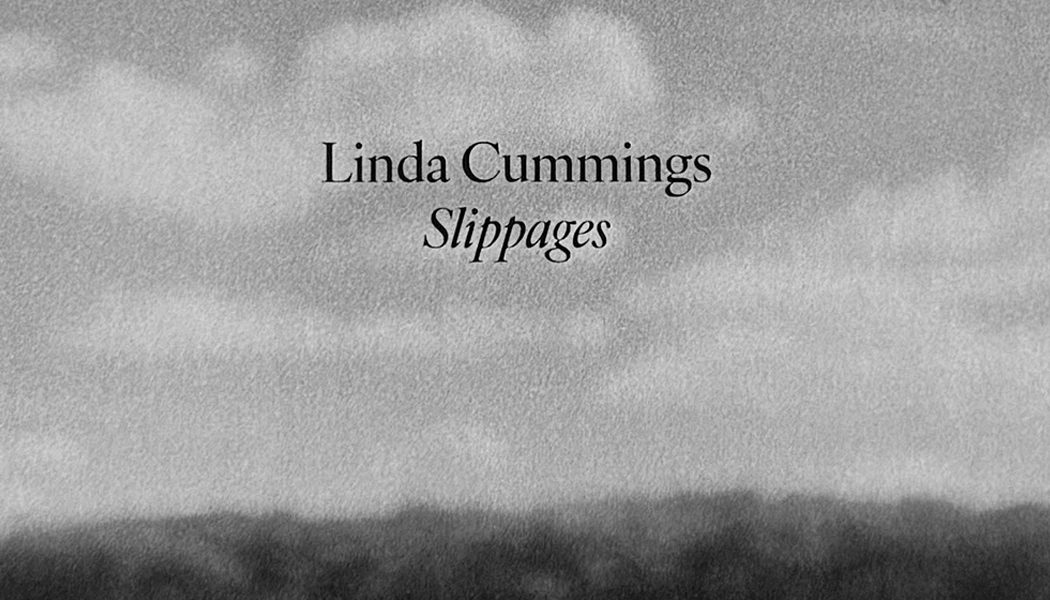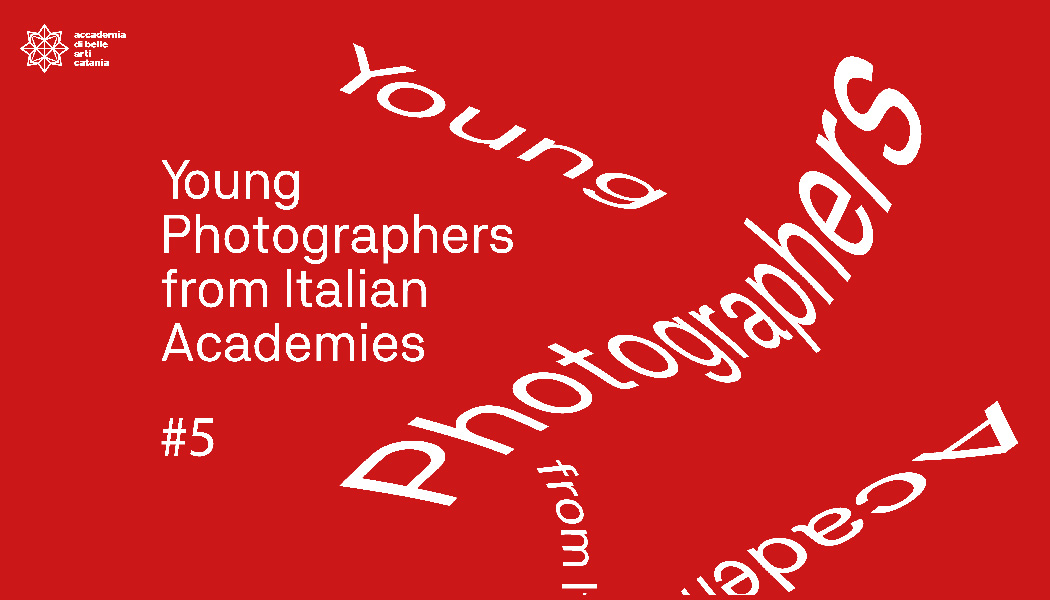DIDÁCTICA EN ITALIANO ❯
Narrar a través de las imágenes
Aprenderás a dar forma a tu creatividad para contar historias y transmitir contenidos capaces de emocionar, informar y atraer. A través de diversas técnicas fotográficas y audiovisuales, así como del uso de herramientas de inteligencia artificial, desarrollarás una mirada personal y crítica, aprendiendo a transformar ideas y visiones en narrativas eficaces para los distintos lenguajes de la comunicación contemporánea.
Titulación:
Diploma académico de primer nivel, equivalente a una licenciatura
Duración:
3 años, tiempo completo
Idioma:
Italiano
Créditos:
180 CFA
Location of attendance:
Roma
Requisitos:
Estudiantes italianos
Título de bachillerato
Estudiantes internacionales
Bachillerato valido para el Sistema de Educacion Italiano
Certificado B2 de la lengua en el que se imparte el curso
Los estudiantes no Europeos admitidos/inscritos deben realizar la solicitud del Visado de estudio
Campo:
Fotografía de autor, audiovisual y cortometraje, publicidad y moda, fotoperiodismo y narración digital, nuevos medios, IA generativa y identidad de marca
Temas principales:
Fotografía, Video digital, Procesamiento digital de imágenes, Comunicación publicitaria, Técnicas de nuevos medios integrados, IA generativa.
Futuras carreras:
Fotógrafo profesional, Videomaker, Fotoperiodista y narrador visual, Editor fotográfico, Creador de contenido, Tecnólogo creativo y especialista en contenidos con IA.
El fotógrafo y el creador de contenido de hoy son profesionales multidisciplinarios: dominan la fotografía, el video, la narración digital, las redes sociales y las aplicaciones de inteligencia artificial, combinando creatividad con conocimientos técnicos. Trabajan en campos que van desde la fotografía de moda y la publicidad hasta el reportaje, desde el arte contemporáneo hasta las producciones audiovisuales, llegando a la creación de contenido para plataformas digitales y sistemas inteligentes.
En un mundo marcado por una constante sobreproducción de imágenes, su papel se redefine: saber construir historias visuales y audiovisuales de valor, también a través de las nuevas tecnologías de inteligencia artificial, se convierte en la clave para destacar y comunicarse con un lenguaje original y contemporáneo.
El curso de Fotografía y Audiovisual de RUFA acompaña a los estudiantes en un camino altamente profesional que une el reportaje con la investigación artística, la fotografía con el video, la narración digital con la escritura creativa para redes sociales y el uso de la IA generativa para experimentar nuevas formas visuales y narrativas. A través de talleres y proyectos prácticos, los estudiantes aprenden a desarrollar contenidos capaces de dialogar con públicos diversos y difundirse en múltiples plataformas.
Guiados por docentes profesionales en los campos del arte, la comunicación y los medios, los graduados de RUFA adquieren la capacidad de transformar una idea en un proyecto exitoso, potenciando su talento creativo y narrativo. Listos para incorporarse al escenario internacional, son capaces de crear, producir y difundir contenidos innovadores que entrelazan imagen, sonido, IA y narración.
Gracias a las colaboraciones con empresas e instituciones de prestigio, tanto italianas como internacionales, y a los periodos de prácticas y pasantías durante y después de los estudios, los estudiantes mantienen un contacto constante con un mercado laboral en continua evolución.
El Diploma Académico de Primer Nivel es equivalente a un título universitario.
*El curso está disponible sólo en italiano. Todas las clases deben ser atendidas en las sedes de RUFA en Roma.
Tutor: Christian Rizzo
Docentes: Massimo Berruti, Cinzia Capparelli, Alessandro Carpentieri, Giorgio Di Noto, Caterina Di Rienzo, Alessandra Mauro, Gianfranco Manzo, Massimiliano Maggi, David Mozzetta, Michele Palazzi, Lina Pallotta, Fiorenza Pinna, Francesco Pennica, Lorenzo Pesce, Fabrizio Pizzuto, Christian Rizzo, Fabio Severo, Lorenzo Squarcia, Simone Spampinato, Raffaele Simongini.
MIRA LOS PROYECTOS DE LOS ESTUDIANTES DE FOTOGRAFÍA Y AUDIOVISUAL
RESERVAR UNA ENTREVISTA DE ORIENTACIÓN
Slider Photo Credits: Claudia Rolando – Cinzia Capparelli – Massimo Berruti – Beatrice Salomone – Sara Scognamiglio – Vincenzo Pinca
SOLICITA INFORMACIÓN
CURSO DE DIPLOMA ACADÉMICO EN FOTOGRAFÍA Y AUDIOVISUAL
Programa de estudios recomendado – Participación obligada en las sedes de RUFA en Roma.
| YEAR | SUBJECT | ECTS | HOURS |
|---|---|---|---|
| I YEAR |
Digital image processing 1
Un percorso formativo che guida dall’acquisizione digitale al fotoritocco professionale: livelli, maschere, colore e compositing. Un laboratorio dinamico per padroneggiare strumenti e workflow, arricchito dalle nuove prospettive offerte dall’intelligenza artificiale applicata all’immagine.
| 6 | 75 |
|
History of contemporary Art
The course examines styles, schools of thought, and visual practices from the postwar period to the present, focusing on the image as a central theme, the recent history of art photography, and video art. Students are guided toward a critical understanding of the languages, styles, and theories that have defined and transformed the landscape of contemporary visual arts.
| 6 | 45 | |
|
History of photography
Historical and critical knowledge of photographic languages: the photographic arts as the terrain in which the experimentation of languages and the avant-garde intertwine.
| 6 | 45 | |
|
Photography 1
Module A – In the first semester, students acquire the fundamental technical skills for using photographic language. Through studio and outdoor exercises, they experiment with the potential of light and composition, discovering photography as a tool for expression and storytelling.
Module B – The course introduces the basic techniques and skills of photography, explored as a creative and expressive medium. Students begin to develop their own visual language and experiment with personal approaches, laying the groundwork for the projects and storytelling they will pursue in the following years. | 12 | 150 | |
|
Digital video
Audiovisual Shooting and Editing: the course provides the technical and theoretical tools needed to develop professional skills in shooting and editing. Through a path that combines hands-on laboratory practice with critical analysis of the works produced, students learn to use audiovisual language in its purest form, discovering their own way of seeing and communicating.
| 10 | 125 | |
|
Lighting systems
The basic techniques to manipulate light, the tools and normative references to design and build lighting systems for a film, television or theatre shooting/scenography, taking care of their assembly on the set/stage and their operation during the shows.
| 6 | 75 | |
|
Phenomenology of the image
The course invites students to reflect on their personal relationship with the work of art. Starting from an inner and authentic exploration, the instructor guides them through a process of discovery and liberation from prejudice, fostering a deep and conscious passion for art in all its forms.
| 6 | 45 | |
|
Basics of computer science
The course includes lectures dedicated to acquiring the fundamentals of using Adobe InDesign layout software, complemented by theoretical sessions on the history and structure of the photographic book and editorial design. Practical exercises guide students in independently managing the complex editorial architecture of a photographic project, combining technical skills with design sensitivity.
| 4 | 50 | |
| Elective educational activities | 4 | / | |
| II YEAR |
Digital image processing 2
In-depth study of advanced Photoshop tools and techniques to manage photographic post-production in the correct way. Analysis of the image according to the retouching: how to realize, how to harmonize colours and tones and how to take care of details in compliance with the rules of photographic composition.
| 6 | 75 |
|
Computer graphics
The course represents the evolution of the first Fundamentals of Informatics module. Building on previously acquired skills and introducing new theoretical foundations and practical techniques, it deepens the use of digital technologies applied to the image. The aim is to engage students, both collaboratively and independently, in the creation of photographic and multimedia projects, developing narrative, organizational, and design abilities connected to visual sequencing and the language of the photobook.
| 6 | 75 | |
|
Latest trends in Visual Arts
In-depth study of the blend of video art and cinema, focusing on the evolution of the audiovisual sector: from Gene Youngblood's Expanded Cinema to computer art, virtual reality, live media performance and live cinema.
| 6 | 45 | |
|
Photography 2
Module A – The course addresses the question, “How can an idea be transformed into an image and a story?” Students are guided in defining their personal vision while exploring narrative approaches such as artistic, conceptual, and documentary photography. Emphasis on sequencing, image selection, and final presentation makes this an in-depth experience in visual storytelling. Group critique and the study of master photographers foster awareness and originality.
Module B – The course focuses on the languages of portraiture, encouraging students to develop a personal and recognizable style. Through the analysis of both technical and narrative aspects—from lighting to composition, from subject choice to context—it explores different modes of representation, spanning from artistic and personal expression to commercial and commissioned work. | 12 | 150 | |
|
Photojournalism
The course provides students with the tools to independently design and produce a photographic narrative of documentary value. From subject research to narrative development, students learn to structure a coherent and communicative project, cultivating a personal vision through workshops and group critiques.
| 6 | 75 | |
|
Cinematography
The study of cinematographic photography through the following themes: the interpretation of a subject, the filmic language, the creative development of a visual atmosphere, the research of environments, the composition of the crew, light, shots and point of view, shooting, post-production.
| 6 | 75 | |
|
Advertising
The course explores photographic language as a tool for interpreting a creative brief. The acquisition of technical and theoretical knowledge enables students to develop analytical and art direction skills for campaigns across different media. The goal is to provide method and critical awareness to navigate visual culture and stimulate creativity.
| 6 | 75 | |
|
History of cinema and video
Acquisition of a solid knowledge of the history of cinema from its beginnings to the present day and extensive information on the current debate in various areas of philosophical-historical research.
| 6 | 45 | |
|
English
Study and deepening of themes and topics concerning the artistic field with the use of different linguistic registers and styles to improve one's communication skills in English.
| 4 | 30 | |
| Further language and interpersonal skills, internships, etc. | 2 | / | |
| III YEAR |
Digital image processing 3
The course delves into advanced tools for editing and retouching, adopting an integrated approach to complex workflows that combine professional software and artificial intelligence. Students learn to optimize visualization, printing, and color management while experimenting with generative AI in project work and practical applications. The goal is to develop both technical and creative skills for an evolved and contemporary approach to image production.
| 6 | 75 |
|
Mass media theory and methods
Within the landscape of contemporary communication, the course provides theoretical tools to construct a critical map of the present and to approach media-related professions with awareness. The analysis of the anthropological, aesthetic, and artistic transformations of our time highlights communication as a form of knowledge and creativity, with particular attention to emerging professional roles and the cultural processes that redefine the figure of today’s knowledge workers.
| 6 | 45 | |
|
Photography 3
The course guides students through the development of their final project, with particular attention to narrative construction and photographic storytelling. From concept to the production of the photobook, every stage of the process is approached critically and professionally. Supported by industry experts, the course aims to strengthen project autonomy, visual coherence, and authorial awareness.
| 12 | 150 | |
|
Aesthetics of Visual arts
The Aesthetics articulated in art and cinema. The general meaning of the concept of Aesthetics with focus on the theoretical aspects related to knowledge by object and subject. The decline of the concept of style and the advent of the technical age. Analysis of the poetics of artists such as Manet, Cezanne, Klee, Mondrian, Malevic, Picasso, Duchamp, Pollock, Bacon, De Chirico, Rothko, Burri, Warhol.
| 6 | 45 | |
|
New integrated media techniques
The training course aims to investigate the techniques of photojournalistic communication and multimedia storytelling, raising students' awareness of the power of effective storytelling.
| 8 | 100 | |
| An elective subject to be chosen between: | |||
|
History of photography criticism
The course offers an overview of the main theoretical and critical movements in photography across different periods, also examining the theoretical contributions developed by artists and photographers. Through the comparison of key moments in the history of photography, contemporary art, and the technological evolution of the image, students develop a critical awareness that enables them to understand photography as a constantly evolving language.
| 6 | 45 | |
| 6 | 45 | ||
|
Features of publication design
Curation, design, and visual storytelling are at the heart of the course, which guides students through the completion and presentation of photographic projects. The artist’s book, exhibition, and digital formats become tools to give solidity and coherence to visual research. The goal is to provide professional, critical, and design skills, guiding each student from image sequencing to the public presentation of their work. The acquired abilities enable students to enhance their projects and position them effectively within both artistic and commercial contexts.
| 6 | 75 | |
| Further language and interpersonal skills, internships, etc. | 2 | / | |
| Elective educational activities | 6 | / | |
| Thesis | 8 | / | |
| Total Credits | 180 |
Partner
